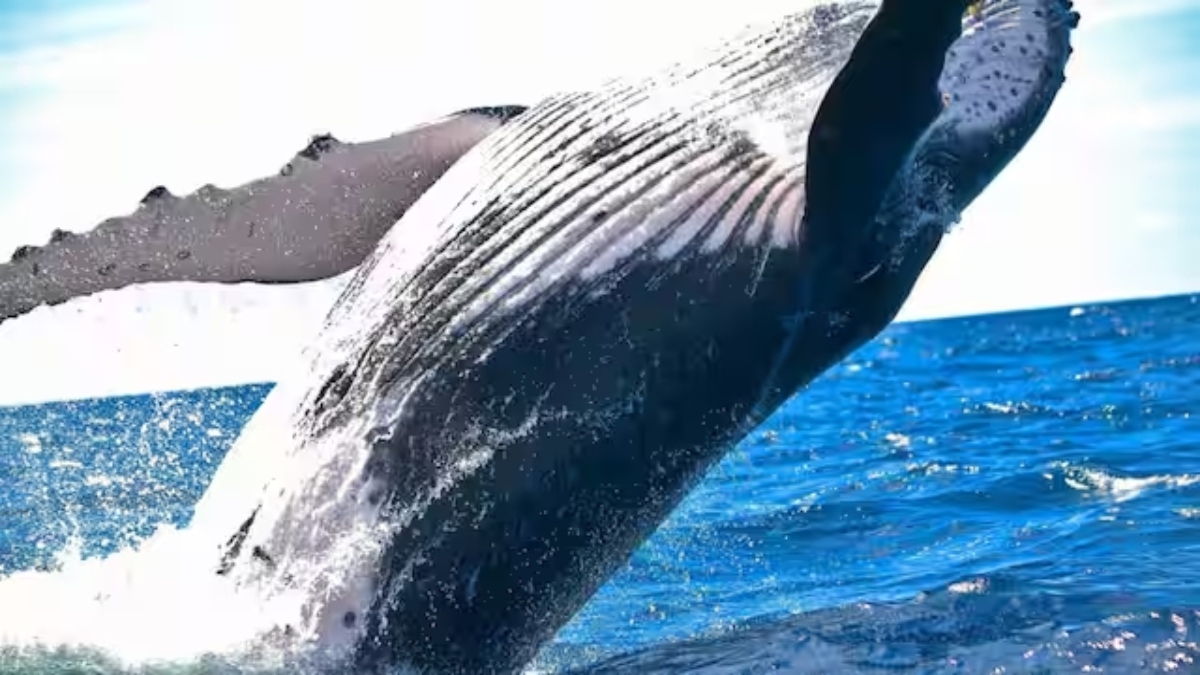A humpback whale has undertaken one of the longest and most unusual migrations ever recorded, potentially driven by climate change.
According to a BBC report, citing scientists, the whale was first spotted off the coast of Colombia in the Pacific Ocean in 2017 and reappeared several years later near Zanzibar in the Indian Ocean, covering at least 13,000 km.
Experts suggest this extraordinary journey could be due to climate change depleting food supplies or the whale’s search for a mate, added the report.
Ekaterina Kalashnikova of the Tanzania Cetaceans Program told BBC that the feat was “truly impressive and unusual even for this highly migratory species”.
She added that it was likely the longest distance ever recorded for a humpback whale.
Humpback whales are found in oceans worldwide and undertake long migrations each year, traveling from tropical breeding grounds to cooler feeding areas. However, this male’s journey was particularly remarkable, spanning two distant breeding grounds.
According to the BBC report, one theory suggests that climate change is affecting the availability of krill, the primary food source for humpback whales, prompting them to travel farther in search of sustenance.
Alternatively, the whales could be exploring new breeding grounds as populations recover due to global conservation efforts, added the report.
“While actual reasons are unknown, amongst the drivers there might be global changes in the climate, extreme environmental events (that are more frequent nowadays), and evolutionary mechanisms of the species,” BBC quoted Kalashnikova as saying.
Impact Shorts
More ShortsThe wandering male humpback was first photographed off Colombia’s Pacific coast in 2013, then spotted again in 2017 and off Zanzibar in 2022. The sightings span at least 13,046 km, though the actual distance traveled is likely much greater.
Scientists used a database of whale photos on the citizen science site Happywhale.com, which uses AI to match unique tail patterns and track whale movements globally. The findings are published in Royal Society Open Science.
With inputs from agencies
)